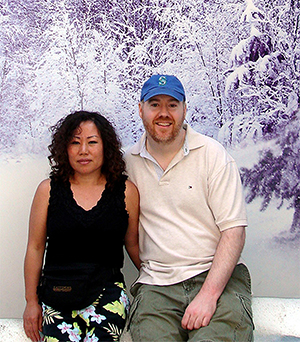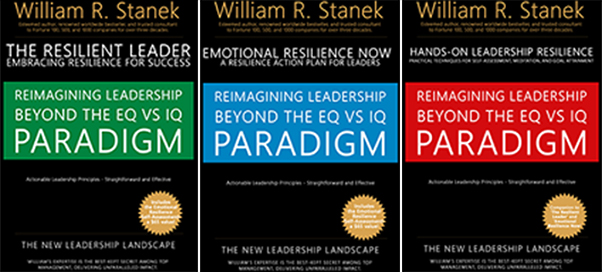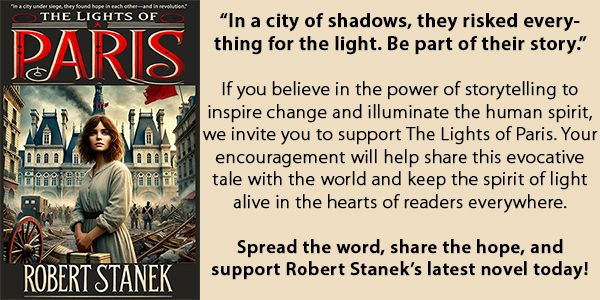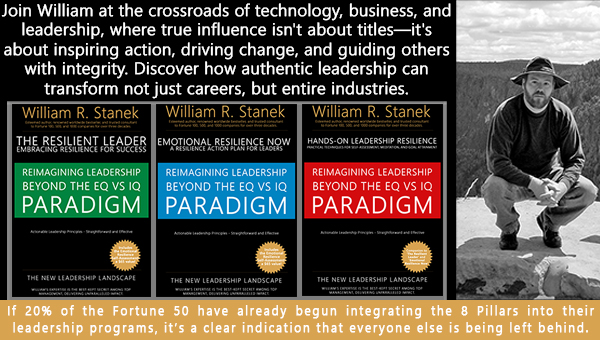
 Photography Tips for Everyday Moments
Photography Tips for Everyday Moments
The most extraordinary beauty is often found in ordinary moments. In this series, William Stanek helps you see the world through a new lens, transforming everyday experiences into stunning photographic memories.

Transform your life with practical wisdom. Discover William Stanek's 'Living Well' series—your guide to a balanced and fulfilling life.
Discover William Stanek's Exclusive Art Collection
Explore and purchase the stunning art featured on this site. Own a piece of William Stanek's unique and captivating artwork today!
(June 7, 2025) Mastering the Art of Handheld Photography: Capturing the Moment on the Go
In our fast-paced world, the ability to capture fleeting moments on the go is invaluable. Handheld photography offers an intimate, spontaneous way to document life as it happens. Whether you're walking through a bustling city, exploring a quiet countryside, or simply navigating your daily routine, handheld photography allows you to seize the beauty of the moment without the constraints of equipment. In this article, we'll dive deep into the art of handheld photography, sharing tips and techniques that will help you capture sharp, evocative images no matter where you are.
Introduction: The Freedom of Going Handheld
There’s something incredibly liberating about shooting handheld. For me, it all began during my early years in the military. I was stationed in Germany, part of a combat crew flying secretive missions over Europe during the Cold War. There were no do-overs, no second chances to set up a tripod or adjust my settings. The moments I captured were raw, immediate, and unrepeatable—images that told stories of a world in flux.
That’s the beauty of handheld photography. It’s about being in the moment, responding to the world around you, and capturing life as it unfolds—without the barriers of cumbersome gear. This freedom allows you to connect more deeply with your surroundings and subjects, creating images that are not only technically sound but also rich with emotion and narrative.
Stabilization Techniques: Keeping It Steady Without a Tripod
One of the biggest challenges of handheld photography is maintaining stability. Without the aid of a tripod, even the slightest movement can result in blurred images. But with the right techniques, you can capture sharp, clear photos in almost any situation.
The Human Tripod: One of the most effective stabilization techniques is to use your body as a tripod. Start by planting your feet shoulder-width apart to create a stable base. Tuck your elbows close to your body to reduce arm movement. Hold the camera firmly with both hands—your right hand should grip the camera body, while your left hand supports the lens. Press the camera gently against your face, using your forehead as an additional point of contact. This creates a three-point stabilization system that significantly reduces camera shake.
Pro Tip: Exhale slowly as you press the shutter button. This reduces the small movements caused by breathing, helping you keep the camera steady during the shot.
Lean and Brace: If possible, use your environment to your advantage. Lean against a wall, tree, or any solid object to further stabilize your body. You can also use a ledge or railing to rest your camera, effectively turning your surroundings into makeshift tripods.
Exercise: Practice taking handheld shots while standing still, kneeling, and even sitting. Experiment with different ways to stabilize your camera using just your body and the environment around you. Notice how these techniques affect the sharpness of your images.
Rapid Fire and Burst Mode: Capturing the Perfect Moment
When shooting handheld, especially in fast-moving or dynamic environments, capturing the perfect moment can be a challenge. This is where rapid fire and burst mode come in handy. By taking multiple shots in quick succession, you increase your chances of getting that one perfect shot where everything aligns—sharp focus, perfect expression, and ideal composition.
Understanding Burst Mode: Most cameras and smartphones have a burst mode feature, which allows you to take a series of photos in rapid succession by holding down the shutter button. This is particularly useful in action photography, street photography, or when photographing unpredictable subjects like children or animals.
Pro Tip: When using burst mode, anticipate the action. Start shooting slightly before the moment you want to capture, and continue until just after the action has passed. This ensures you don’t miss the peak of the moment.
Choosing the Best Shot: After shooting in burst mode, take the time to review your images carefully. Look for the frame where everything comes together perfectly—the sharpest focus, the most compelling composition, and the most expressive moment. Don’t delete the others immediately; sometimes, a near miss can turn out to be a beautiful, unexpected shot.
Exercise: Choose a dynamic subject—like a busy street or a playful pet—and shoot in burst mode. Review your shots and select the one that best captures the essence of the moment. Analyze why that particular shot stands out and how the rapid-fire technique helped you achieve it.
Mindful Shooting: Slowing Down to Observe Before You Shoot
In the rush to capture the moment, it’s easy to forget one of the most important aspects of photography: observation. Before you lift your camera, take a moment to simply observe. This mindful approach not only helps you better understand your subject but also allows you to anticipate and capture more meaningful images.
The Power of Observation: Mindful shooting is about being fully present in the moment. Instead of immediately snapping away, take a few seconds to absorb the scene. Notice the light, the colors, the movement, and the emotions around you. Ask yourself what story you want to tell with your photograph.
Pro Tip: Try using a slower shutter speed to force yourself to be more deliberate with each shot. This technique can lead to more intentional compositions and more thoughtful photography.
Exercise: Spend an hour in a familiar place—like your home or a local park—and practice mindful shooting. Resist the urge to take a picture immediately. Instead, observe the scene for a minute or two before taking a single shot. Pay attention to how this approach changes your photography.
Connecting with Your Subject: The Importance of Being Present
Handheld photography is more than just a technical exercise; it’s about connecting with your subject and your environment. When you shoot handheld, you’re not just an observer—you’re part of the moment. This connection can bring a sense of intimacy and immediacy to your photos that’s hard to achieve with more static, tripod-based photography.
Engage with Your Subject: Whether you’re photographing a person, an animal, or even a landscape, take the time to engage with your subject. If you’re photographing people, talk to them, make them feel comfortable. If you’re shooting a landscape, immerse yourself in the environment—listen to the sounds, feel the textures, and breathe in the air. This connection will translate into your photos, giving them depth and authenticity.
Pro Tip: Keep your camera ready but don’t rush the shot. The more relaxed and connected you are with your subject, the more natural and compelling your images will be.
Exercise: Spend time with your subject before you start shooting. Whether it’s a person, a pet, or a place, take a few minutes to build a connection. Then, start shooting handheld, focusing on capturing the essence of that connection.
The Art of Spontaneity: Embracing the Unexpected
One of the greatest advantages of handheld photography is the ability to react quickly to spontaneous moments. Life is unpredictable, and some of the most powerful images come from those unexpected, unplanned moments that happen in the blink of an eye.
Seizing the Moment: Always be ready to shoot. Keep your camera accessible and set to a mode that allows you to react quickly—this could be a semi-automatic mode like aperture priority or shutter priority, depending on your situation. Embrace the unpredictability of life, and be open to capturing whatever unfolds.
Pro Tip: Trust your instincts. If something catches your eye, don’t hesitate. Lift your camera and shoot. Often, your first reaction captures the most genuine moment.
Exercise: Challenge yourself to capture a spontaneous moment every day for a week. It could be anything from a fleeting expression on a loved one’s face to an unexpected burst of sunlight through the trees. Reflect on how these unplanned shots compare to your more deliberate work.
Conclusion: Handheld Photography as a Reflection of Life
Handheld photography is more than just a technique—it’s a way of seeing and interacting with the world. It’s about embracing the freedom to move, to explore, and to capture life in its raw, unfiltered state. There’s a directness and honesty in handheld photography that mirrors the unpredictability and spontaneity of life itself.
As you practice these handheld photography techniques, remember that the goal isn’t just to capture a perfect image—it’s to tell a story, to convey a feeling, to capture a moment in time that will never come again. So grab your camera, step out into the world, and start shooting. The moments you capture, however fleeting, have the potential to become powerful works of art.
Share your handheld shots with us on Instagram using #HandheldArtistry. We’d love to see how you’re mastering the art of handheld photography and capturing the beauty of everyday life on the go.

Join William at the crossroads of technology, business, and leadership, where true influence isn't about titles - it's about inspiring action, driving change, and guiding others with integrity. Discover how authentic leadership can transform not just careers, but entire industries.
Bring Inspiration Home
Enhance your space with William Stanek's evocative art. Each piece is crafted to inspire and uplift your everyday life.

Support The Lights of Paris by Robert Stanek, William Stanek's pen name! Through vivid historical detail and deeply moving character stories, Robert takes readers on an unforgettable journey through one of history’s most transformative times.

















